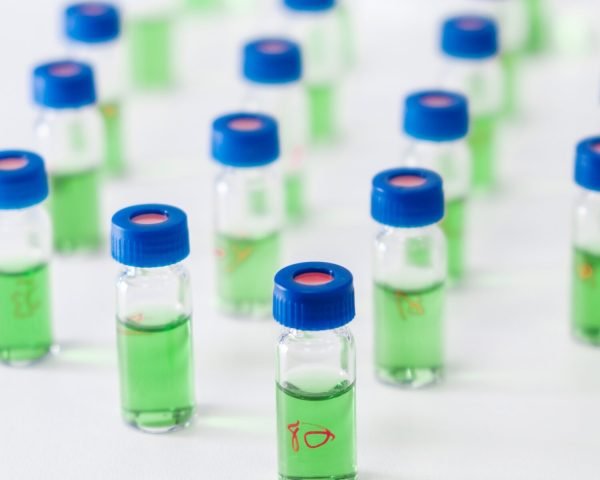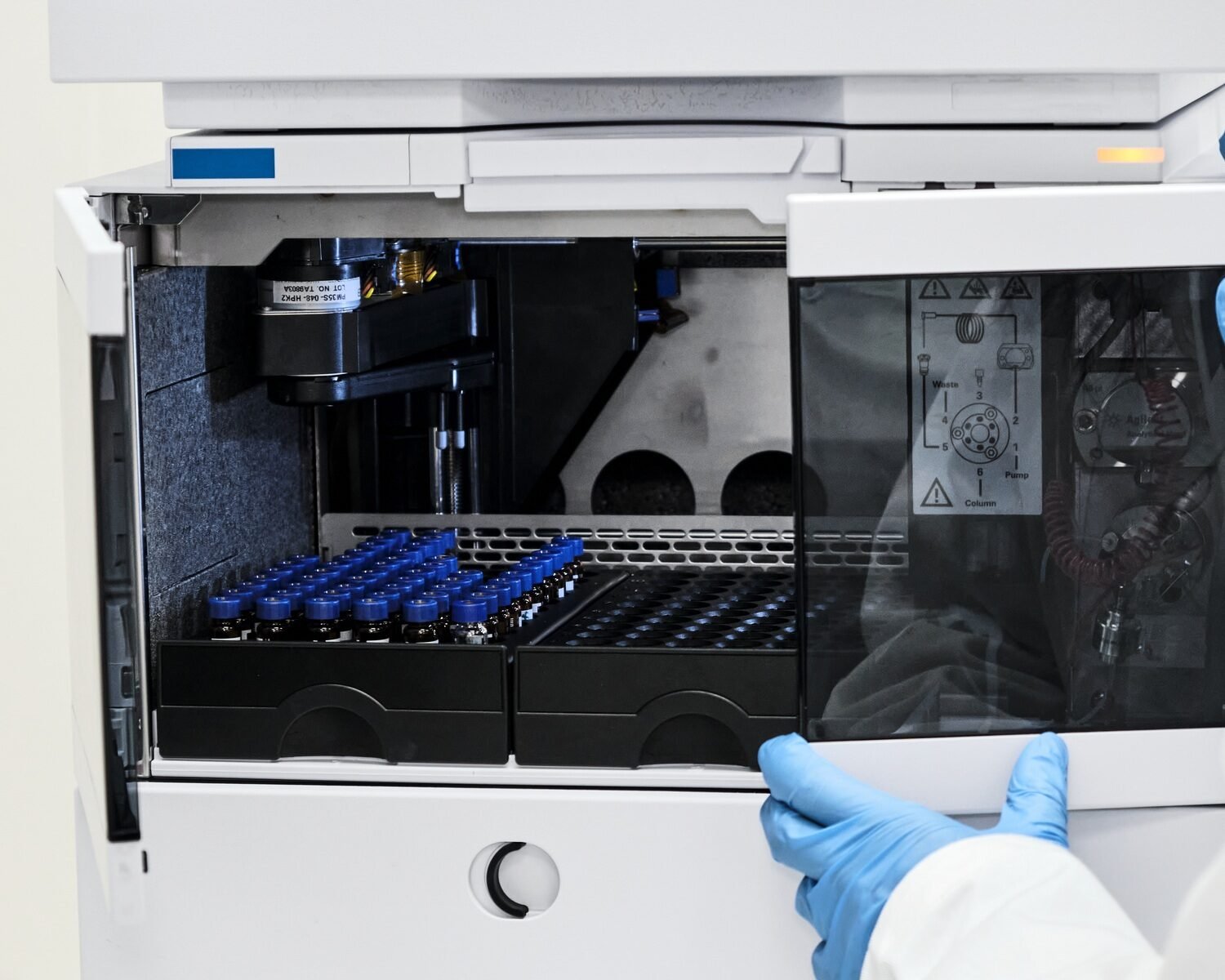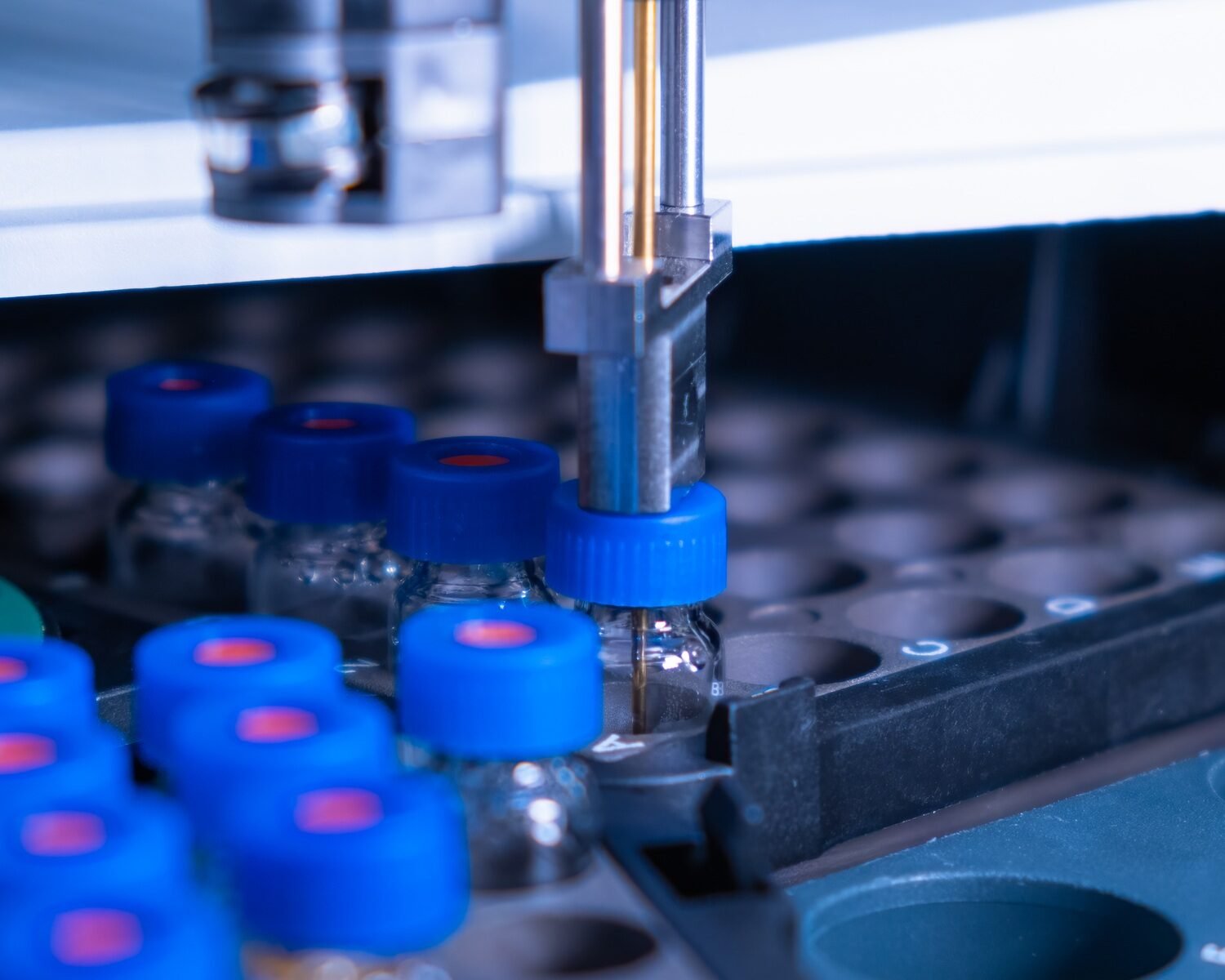Have you ever thought about the environmental impact of your chromatography lab? If you work with High-Performance Liquid Chromatography (HPLC) regularly, you know how much solvent and energy these systems consume. Traditional HPLC methods rely heavily on organic solvents, generate significant waste, and require substantial energy to operate. But as laboratories worldwide shift toward more sustainable practices, the demand for Green HPLC is growing.
Sustainability in chromatography isn’t just a trend—it’s becoming a necessity. Pharmaceutical, environmental, and food analysis labs are all looking for ways to reduce solvent use, improve energy efficiency, and implement better waste management strategies. And the best part? Green HPLC doesn’t just benefit the environment—it can also cut costs and improve lab efficiency.
So, what can you do to make your chromatography more eco-friendly? In this article, we’ll explore key strategies to reduce solvent waste, improve energy efficiency, adopt greener mobile phases, and implement sustainable lab practices. We’ll also look at real-world case studies of labs that have successfully embraced Green HPLC. Let’s dive in!
1. Reducing Solvent Use with Small-Particle Columns and Optimized Methods
One of the biggest environmental concerns in HPLC is solvent consumption. Traditional HPLC methods require large volumes of mobile phase solvents like acetonitrile, methanol, and tetrahydrofuran, many of which are toxic and expensive to dispose of. By reducing solvent use, labs can significantly lower both costs and environmental impact.
Small-Particle Columns: Less Solvent, Better Performance
Modern Ultra-High-Performance Liquid Chromatography (UHPLC) systems use small-particle columns (typically sub-2 µm particles) that allow for:
- Shorter analysis times with faster flow rates.
- Reduced solvent consumption due to lower column volume.
- Higher efficiency and resolution, leading to better separations with less waste.
Switching from conventional HPLC (5 µm particle size) to UHPLC can cut solvent use by up to 80% while maintaining or improving separation quality.
Method Optimization to Minimize Waste
Beyond upgrading columns, optimizing your method can also reduce solvent usage:
✔ Shorter run times: Trimming unnecessary time from gradients reduces total solvent use.
✔ Higher flow rates: Within column limits, higher flow rates allow for faster elution with less waste.
✔ Isocratic methods where possible: Reducing gradient shifts can save solvent.
Have you tried optimizing your HPLC method to use less solvent? If not, small adjustments could make a big impact!
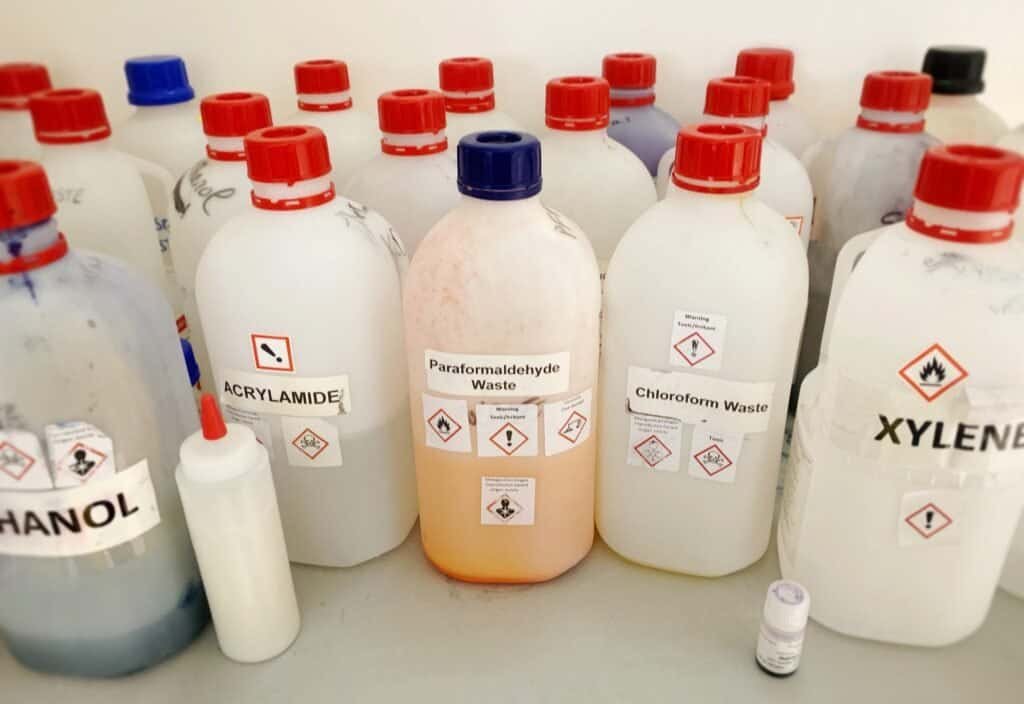
2. Energy-Efficient HPLC Systems: Key Features to Look For
Energy consumption in HPLC labs is another sustainability challenge. Instruments run for long hours, cooling systems consume high amounts of power, and inefficient processes lead to unnecessary energy waste.
Key Features of Energy-Efficient HPLC Systems
If you’re looking for ways to reduce energy consumption, consider these system upgrades:
- Modern UHPLC systems: These operate at higher pressures, allowing for faster separations, reducing instrument runtime.
- Autosamplers with standby modes: Systems that automatically enter standby mode when idle can cut energy use by 20–40%.
- Efficient temperature control: Column ovens and detectors with improved insulation reduce energy waste.
- LED-based UV detectors: Some new UV-Vis detectors use LEDs instead of traditional lamps, consuming less power and lasting longer.
Practical Tips to Reduce Energy Waste
Even if your lab isn’t ready to invest in a new system, small energy-saving practices can help:
✔ Turn off idle instruments: Many labs leave HPLC systems on overnight, wasting power.
✔ Optimize batch analysis: Running multiple samples in a single session minimizes system warm-up time.
✔ Use modern software: Some chromatography software includes automated power-saving features—make sure yours is activated.
What’s one energy-saving practice you could implement in your lab today? Even small changes can add up over time.
3. Recycling and Waste Management of HPLC Solvents
Disposing of HPLC solvents is a costly and environmentally unfriendly process. However, solvent recycling and proper waste management can reduce hazardous waste output while cutting disposal costs.
Solvent Recycling: A Smart Investment
Some labs are investing in solvent recycling systems, which:
- Filter and purify used solvents for reuse, reducing waste disposal costs.
- Recover up to 90% of used solvents, significantly lowering consumption.
- Work well with acetonitrile, methanol, and ethanol, some of the most common HPLC solvents.
Waste Segregation and Proper Disposal
Even if recycling isn’t an option, proper solvent waste management is essential:
✔ Separate halogenated and non-halogenated solvents for safer disposal.
✔ Use dedicated waste containers to prevent contamination and facilitate disposal.
✔ Partner with certified waste disposal services that follow environmental regulations.
Does your lab currently recycle solvents? If not, it might be worth exploring—especially if you use high volumes of acetonitrile or methanol.
4. Advances in Greener Mobile Phases and Consumables
Traditional mobile phases rely on organic solvents, many of which are toxic, volatile, and environmentally harmful. But new developments in greener solvents and consumables are making HPLC more sustainable.
Eco-Friendly Mobile Phases
Several alternative solvents are now available that reduce environmental impact:
- Supercritical CO₂: Used in Supercritical Fluid Chromatography (SFC), CO₂ replaces organic solvents for certain analyses.
- Ethanol and water-based systems: Some methods now use ethanol instead of acetonitrile, making disposal easier.
- Ionic liquids: These non-volatile, biodegradable solvents are emerging as greener alternatives for HPLC mobile phases.
Sustainable Consumables
✔ Recyclable vials and caps: Many vendors now offer glass vials that can be reused instead of single-use plastic.
✔ Biodegradable column packing materials: Some companies are developing columns with sustainable, non-toxic stationary phases.
✔ Reusable filters: Instead of disposable syringe filters, washable membrane filters can cut down on plastic waste.
Have you tested any of these eco-friendly solvents or consumables? They might be the future of chromatography!

5. Case Studies: Labs Successfully Implementing Green HPLC
Let’s look at some real-world examples of labs that have successfully implemented Green HPLC practices:
Case Study 1: Pharmaceutical Lab Reduces Solvent Waste by 70%
A pharmaceutical company switched from traditional HPLC to UHPLC and optimized their methods to use smaller columns and faster gradients. As a result:
✔ Solvent use dropped by 70%.
✔ Analysis time was cut by 50%, increasing throughput.
✔ Waste disposal costs were reduced by $50,000 per year.
Case Study 2: Academic Lab Uses Ethanol-Based Mobile Phases
An environmental research lab replaced acetonitrile with ethanol for specific analyses, leading to:
✔ A 50% reduction in hazardous waste.
✔ Safer lab conditions with lower toxicity exposure for researchers.
Case Study 3: Food Industry Adopts Supercritical Fluid Chromatography (SFC)
A food quality lab shifted to CO₂-based SFC for lipid analysis, which:
✔ Eliminated the need for organic solvents.
✔ Cut waste disposal costs significantly.
✔ Improved sensitivity and selectivity for nonpolar compounds.
These success stories prove that Green HPLC is not just theoretical—it’s practical, achievable, and beneficial. Could your lab be the next success story?
Conclusion: Why Adopting Green HPLC Matters
Switching to eco-friendly chromatography practices isn’t just good for the environment—it’s good for your lab’s efficiency and bottom line. By reducing solvent use, improving energy efficiency, recycling waste, and adopting greener consumables, labs can cut costs while lowering their environmental footprint.
Sustainability is the future of chromatography. Are you ready to make the switch? Whether it’s a small change—like switching to shorter columns—or a major investment in solvent recycling, every step toward Green HPLC helps build a more sustainable future for analytical science.
Mastelf, with over 13 years of experience in chromatography vials, we can help you find the exact vials you need for your applications.
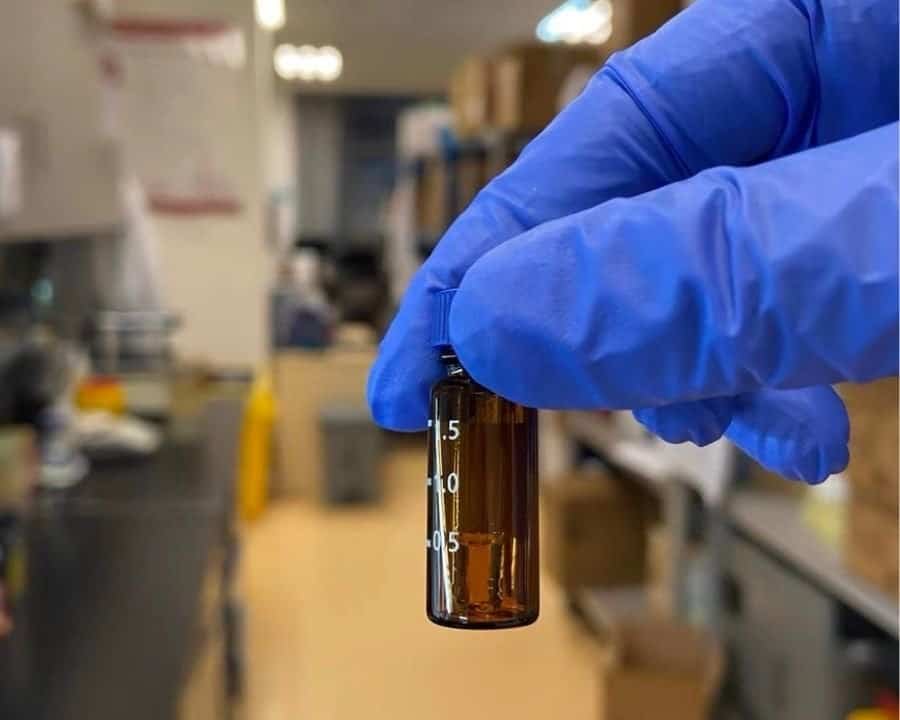
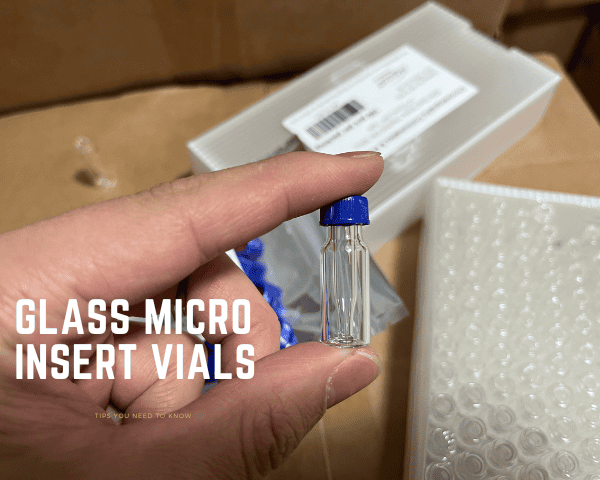
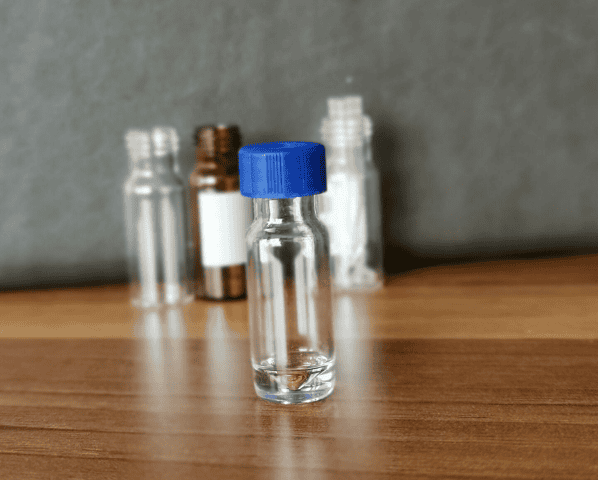
Our expertise ensures that you get reliable and precise products tailored to your specific requirements. Whether you’re in pharmaceuticals, research, or any other industry relying on HPLC, we understand your needs and are here to support you in making the right purchase.
Reach out to Mastelf, and let us assist you in procuring the perfect vials for your work.
FAQs
1. What is Green HPLC?
Green HPLC refers to environmentally friendly chromatography practices, including reducing solvent use, increasing energy efficiency, and adopting sustainable consumables.
2. How can I reduce solvent waste in my HPLC lab?
Use smaller-particle columns, optimize your methods, recycle solvents, and switch to eco-friendly mobile phases.
3. What are the benefits of UHPLC for sustainability?
UHPLC uses less solvent, reduces analysis time, and lowers waste generation, making it a more sustainable choice.
4. Can I replace acetonitrile with ethanol in HPLC?
Yes! Ethanol-based mobile phases are a greener alternative in some applications, though method validation is required.
5. How do I start implementing Green HPLC in my lab?
Begin by optimizing your methods, switching to shorter columns, recycling solvents, and exploring eco-friendly mobile phases and consumables.

